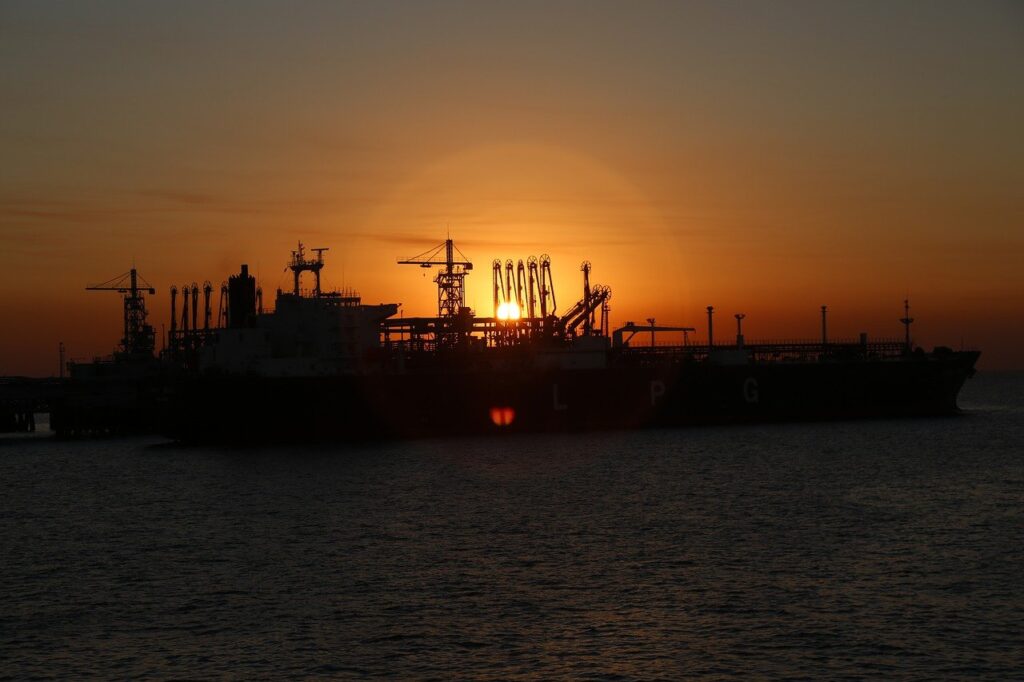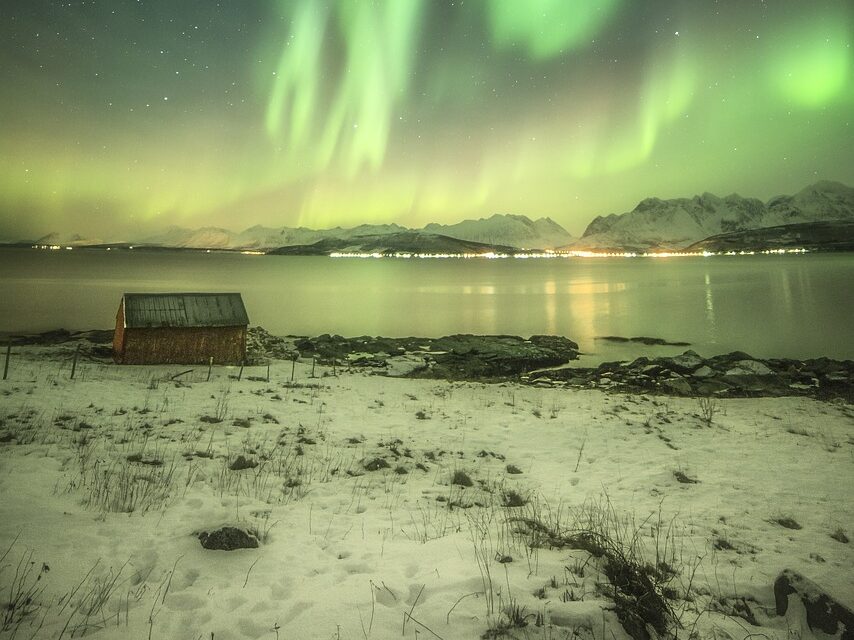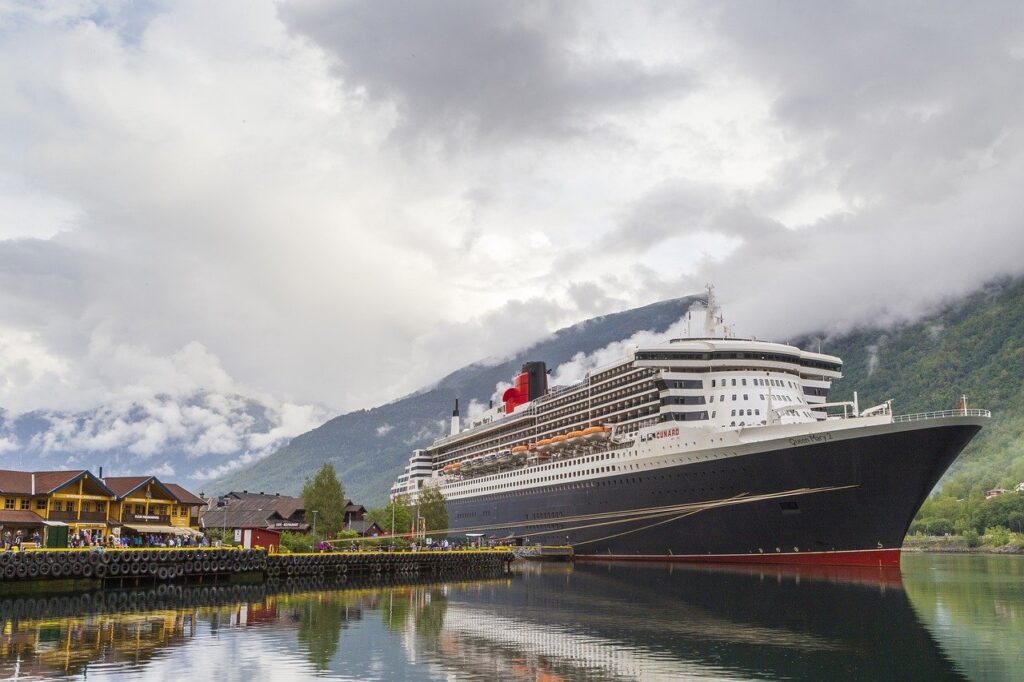According to the World Bank, Norway is currently one of the world’s richest countries, 496 times richer than Burundi, the world’s poorest. Norway’s total wealth per capita, for example, is set at USD 1.67 million, compared to just USD 5,208 per citizen in the Gambia. According to the UN’s World Happiness Report for 2021, Norway is the sixth happiest country on Earth.
How is Norway different from other Developed Countries?
Young Norwegians have seen a 13% increase in disposable household income in real terms when compared to Generation X. When compared to young people in other large economies: In the United States, millennials are down 5%, while in Germany, they are down 9%. Disposable incomes in southern Europe have dropped by up to 30%.
Norway’s youth unemployment rate (among those aged 15 to 29) is also low, at 9.4 percent, compared to the OECD average of 13.9 percent. In Norway, people in their early thirties have an annual disposable household income of around 460,000 kroner (approximately $56,200).
Also Read: Why does America appear to be a developing country?
Why Norway is So Rich?

1. Oil Wealth
Following major discoveries in the North Sea, Norway’s massive oil and gas industry is indeed the driving factor behind the country’s economic boom. Because of the oil and gas exports, it is remarkably efficient and robust. It also establishes Norway as one of the wealthiest countries in the world.
2. Low Wealth Inequality
According to the Resolution Foundation’s research on generational income, in many strong economies, such as the United States and the United Kingdom, rising inequality has resulted in a fall in disposable income for millennials. Young individuals in these nations, where salary bands are larger, suffer from a lack of wage growth and job flexibility.
- It also has extremely low unemployment rates when compared to the rest of the world.
- Furthermore, the poverty rate in Norway is extremely low, while the wage rate is extremely high.
- Because Norwegians earn a high wage, their purchasing power is also high. They have more wealth than Americans on average and spend much more to purchase products and maintain their standard of living.
- The disparity between rich and poor is also substantially less. The nation has a compressed salary structure, which means that minimum wages are negotiated by union members.
Young individuals and workers in lower-wage industries have seen their pay rise year after year. Also, unlike in other nations, the gap between those who make a little and those who earn a lot is not as wide.

3. Less Population
Despite the fact that Norway’s population is rapidly growing, it is still only around 5 million, compared to 340 million in the United States and 64 million in the United Kingdom. Less population requires fewer resources. Because it has more wealth and fewer people, it is relatively easy to maintain a high standard of living. The government expenditure on advanced educational standards, distinct social security systems, and universal health care is substantial.
4. Wealth Fund – Most Important
Norway invests the majority of its oil revenues in the Government Pension Fund, the world’s largest sovereign wealth fund. In layman’s terms, the Government Pension Fund, also known as the oil fund, is a massive savings pool that makes money by investing in over 9,000 companies around the world. Norway’s sovereign fund has more than doubled in value since 2013, to 11 trillion Norwegian crowns ($1.17 trillion). When you multiply it by a population of around 5 million, you can see how the fund has provided significant wealth to each generation. Thanks to ultra-low interest rates, booming stock markets, and a weak crown made it the largest of its kind.
The fund functions as a financial reserve and a long-term savings plan, ensuring that oil riches benefit both present and future generations. Also, it protects the economy from fluctuations in oil revenue.
The wealth fund is a critical source of capital for the government, accounting for around one-fifth of all government spending. The government would have to drastically cut spending or hike taxes across the board if the fund did not exist. In times of economic instability, such as the coronavirus pandemic, the fund serves as a source of security for the country.
The oil fund contributes to Norway’s societal wealth in addition to its material prosperity, with money from the fund being invested in health, education, and welfare.

History of Norway Sovereign Wealth Fund
Off the coast of Norway, one of the world’s largest offshore oil reserves was discovered in 1969. Norway’s economy increased tremendously as a result of having a lot of oil to export. Early on, it was decided that earnings from oil and gas should be managed with caution in order to avoid economic imbalances. The Norwegian parliament established laws in 1990 to facilitate this, establishing the Government Pension Fund Global. It received its first deposit in 1996. The fund’s name implies that it will only invest in foreign countries.
Also Read: Sanctions: How this is an eye opener for nations?
Source of Fund:
The entire point of this fund is that it will not be spent. It’s a way of placing money aside for the future so that what’s spent is always the profits. Despite the fact that money from oil extraction is remitted to the fund, these deposits make up less than half of the fund’s total worth. Since 1996, the fund has grown to be worth twice as much as the country’s remaining petroleum reserves. The majority of it was amassed through investments in stocks, bonds, real estate, and renewable energy projects.
The fund is now one of the world’s biggest, with over 1.5 percent of all shares in publicly traded firms around the world. Norway is entitled to a small portion of its income each year as a result of this investment. In addition, the fund possesses hundreds of rental properties in some of the world’s most important cities. Lending to countries and enterprises also provides a regular stream of income to the fund. Norway has decreased the chance of the fund losing revenue by diversifying its investments.
Expenditure from the Wealth fund
The government is permitted to spend the fund’s expected real return, which amounts to 3% of its value each year, with allowances for additional spending to aid the economy through tough patches.
The main irony here is that, while being a large producer of fossil fuels, Norway uses relatively little fossil fuels directly in its energy use. For a long time, hydropower has provided nearly all of their electricity. They even export a significant amount of renewable electricity to their neighbors. The only place where fossil fuels are directly used to produce energy is on offshore platforms. The turbines are powered by gas to provide the energy required for oil and gas production.





